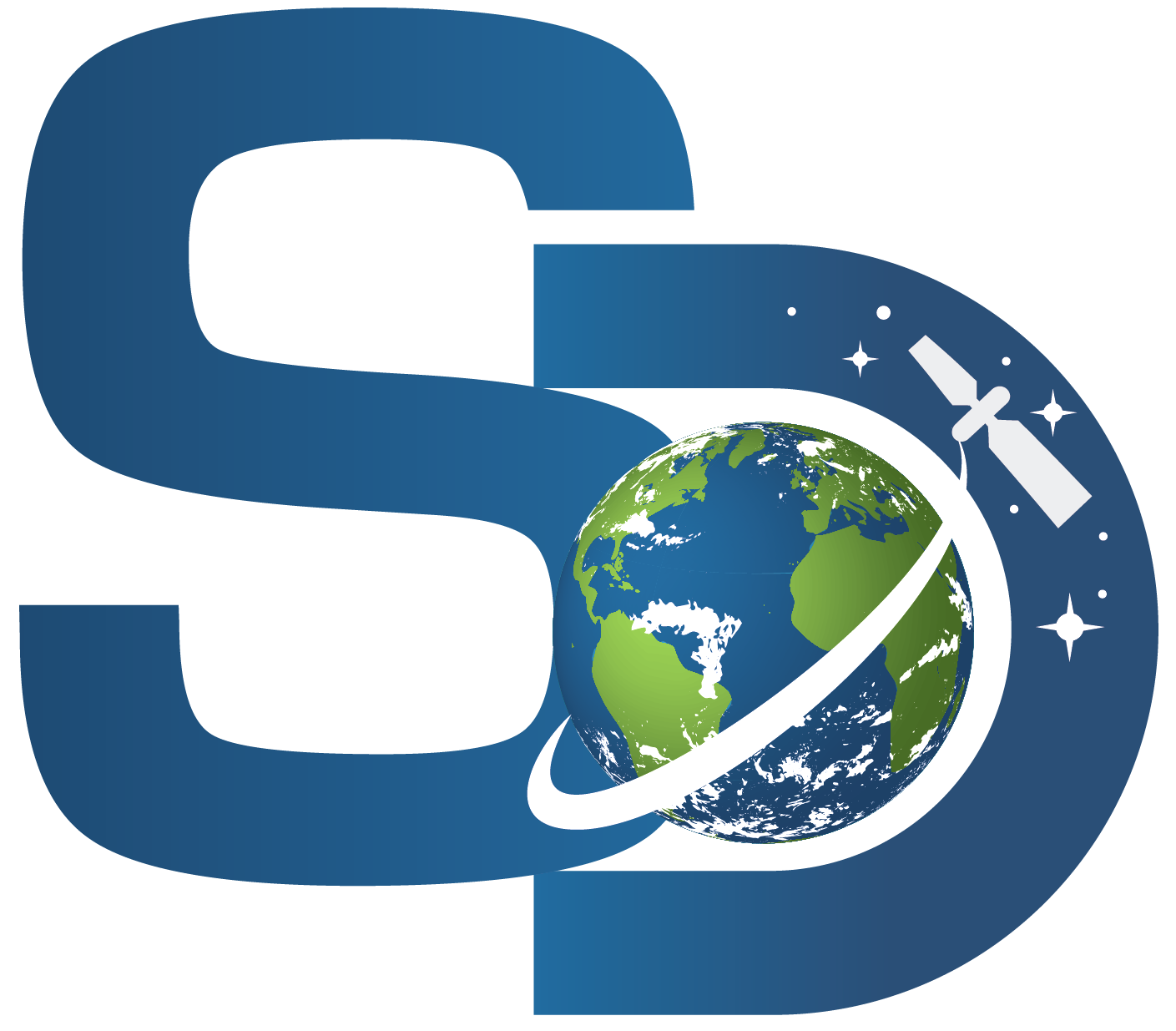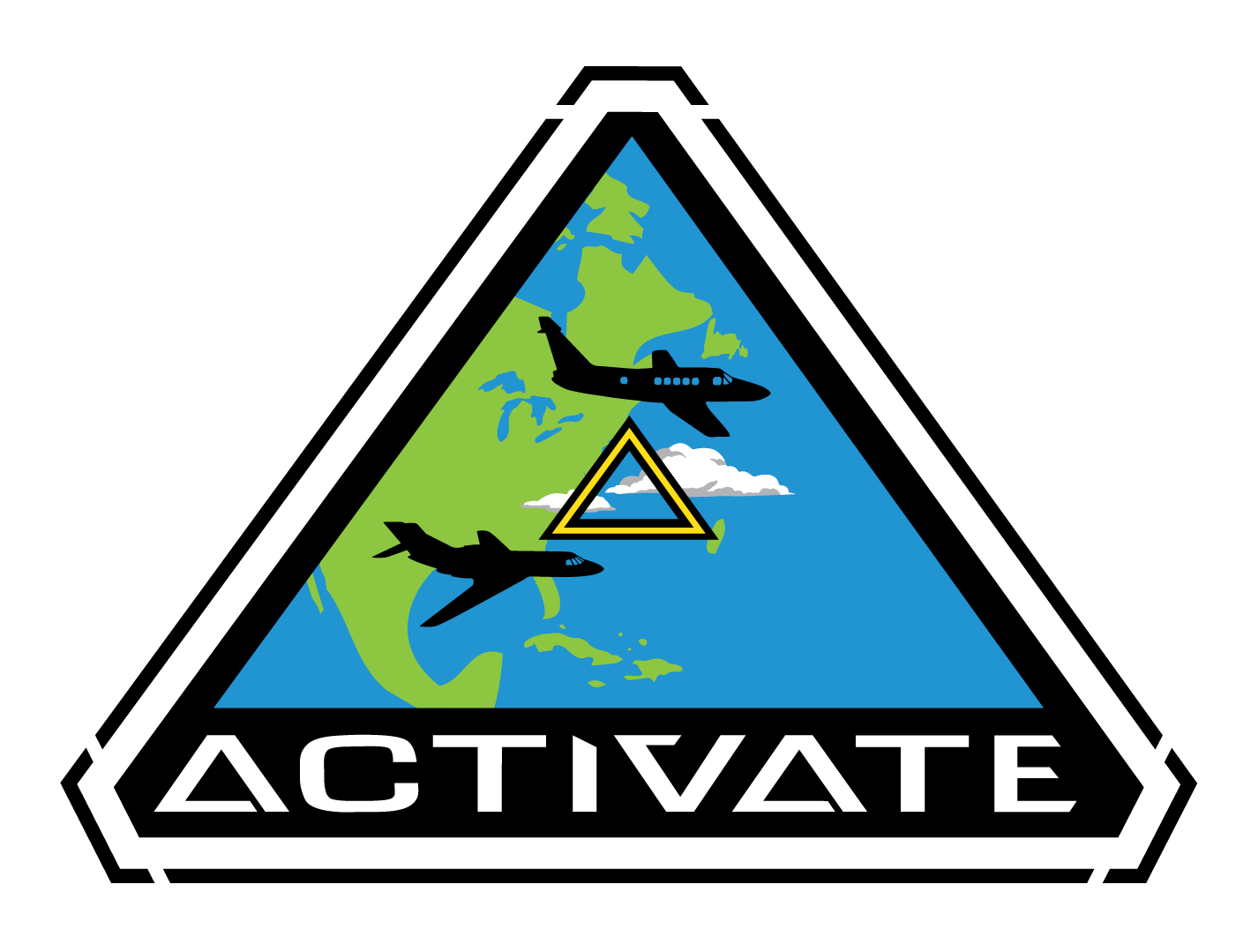GEO-CAPE Events: 2015 GEO-CAPE Open Community Workshop
Trade names and trademarks are used in this report for identification only.
Their usage does not constitute an official endorsement, either expressed or implied, by the National Aeronautics and Space Administration.
(Where available, each link given below will open its respective document in a new window)
Final Agenda for GEO-CAPE
2015 Open Community Workshop
Aug 31 -Sept 2,
EPA facility at Research Triangle Park, North Carolina
ROOM C111
Purpose:
Update research and user communities regarding progress made to date by the NASA GEO-CAPE Decadal Survey Mission study team,
including increased emphasis on commercially hosted payloads and implications of the selection of the NASA Earth Venture TEMPO mission.
Desired outcomes include developing recommendations for:
1) Continued refinement of the GEO-CAPE mission concept and data products (specific FY16 and potentially FY17 activities)
2) Fostering interaction with user communities to help prepare for the use of GEO-CAPE data in integrated observing systems
3) Furthering collaboration with other national and international activities with regard to synergistic science, data products, calibration/validation and related future missions
DAY 1: Monday August 31
8:00 Registration
Morning: PLENARY
8:30 Opening Remarks (Al-Saadi, Schaeffer)
8:35 Welcome (Bob Kavlock, Deputy Assistant Administrator for Science, EPA Office of Research and Development)
8:45 Introduction and Workshop Objectives (Al-Saadi)
8:55 Atmospheric Composition Science Working Group highlights (Jacob)
9:15 Ocean Color Science Working Group highlights (Mannino)
9:35 Mission Implementation highlights (Neil)
9:55 BREAK
10:20 Updates on international GEO instruments/missions, GEO constellation
· 10 min Air Quality Constellation status (Al-Saadi)
10:40 Status report on upcoming AQ and OC field campaigns in Korea
· US Air Quality campaign (KORUS-AQ) (Lefer)
· US Ocean Color campaign (Salisbury)
· GOCI-I Cal/Val activities and GOCI applications (W. Kim)
11:20 TEMPO update (Chance)
11:40 NASA HQ perspective, including update on Decadal Survey process (Bontempi and B. Edwards)
Monday Afternoon: Parallel Sessions
OCEAN: Updates on science and engineering studies in mitigating mission risk
1:00 Review of recent STM updates & summary/synthesis of engineering studies (Mannino)
1:30 Summaries of funded study results (one individual present a short overview per theme of all projects.
Each PI would prepare a one/two slide summary of GEO-CAPE-relevant results).
· Temporal resolution-focused studies including rate processes (ZP Lee)
· Spatial resolution-focused studies (Schaeffer)
· Spectral, atmospheric correction, BRDF, interdisciplinary studies capability-focused studies (Gatebe)
2:45 Identify requirements that need further research: what should be done? (Hu)
3:15 SeaHawk CubeSat Concept (Morrison)
4:00 Poster Session
ATMOSPHERE: Users and Early Adopters (Lead: Terry Keating)
1:15 Future Challenges for Air Quality Management (Keating)
1:25 Lessons Learned from ARSET (Prados / remote)
1:45 Lessons Learned from GOES-R AQ Proving Ground (Kondragunta, Huff /remote)
2:05 Lessons Learned from AQAST (Jacob)
2:25 Lessons Learned from DISCOVER-AQ (Crawford)
2:55 Discussion
3:30 Discussion Session: GEO-CAPE beyond TEMPO: GCIRI and Decadal Survey (Lead: Al-Saadi and/or others)
4:30 Poster session
DAY 2: Tuesday September 1
Parallel Sessions all Day Morning
OCEAN: Next steps in advancing GEO-CAPE ocean color
8:30 Advanced CONOPS & Strategies for Ocean Observations (Cappelaere)
8:45 Scheduling: Getting the most out of the GEO-CAPE OC instrument (Frank)
9:00 GEO-CAPE coastal applications (Tzortziou)
9:15 Promoting GEO-CAPE coastal mission to coastal managers, scientific community, decision makers (Schaeffer, Tzortziou)
10:15 Simultaneous retrieval of atmospheric and marine parameters from GEO-CAPE (Stamnes)
10:30 Updated GOCI atmospheric correction scheme (Ahn)
10:45 GOCI Level-2 Processing and Cloud Motion Analysis (Robinson)
11:00 Discussion on Interdisciplinary/Atmospheric topics (Jordan/Tzortziou/Chin)
11:30 Discussion on the unique value of GEO measurements (Salisbury)
ATMOSPHERE: Contributed science talks on geostationary observations
8:30 Nowlan: Trace gas retrievals from the GeoTASO aircraft instrument
8:45 Pickering/Follette-Cook: Spatial and Temporal Variablity of Trace Gases during DISCOVER-AQ: Planning for Geostationary Observations of Atmospheric Composition
9:15 Scheffe: Modeling hazardous air pollutants across regional and local spatial scales
9:30 Natraj: O3 and NO2 OSSEs on a Regional Urban Scale for GEO-CAPE
9:45 Pickering/Lamsal: Retreival Complexities for Development of an NO2 Algorithm for Geostationary Satellite Observations
10:00 Wang, J: A hyperspectral aerosol retrieval algorithm for geostationary satellite
10:45 Bowman: Role of constellation LEO and GEO sounders to distinguish global versus local sources of pollution
11:00 Kim, S-W: Assessing Anthropogenic Emissions of Volatile Organic Compounds using Satellite Retrievals of Formaldehyde
11:15 Cohen: An Ensemble-Based Data Assimilation System for Reactive Trace Gases: Application NO2 from OMI and TEMPO
11:30 Neu: The GEO-CAPE Atmospheric Applications Value Matrix
11:45 Edwards: Atmospheric composition geostationary science: Evaluating performance with Observation System Simulation Experiments
file: 12_Edwards_GEOCAPE_sep15 too large for transfer
Tuesday Afternoon
ATMOSPHERE:
1:15 Working Group breakout Session #1 (Three Parallel Sessions: Aerosols, Constellation OSSE, Emissions & Processes)
3:00 Working Group breakout Session #2 (Three Parallel Sessions: Regional and Urban OSSE, Methane, GeoTASO/GCAS)
4:15 Open discussion on priorities for future geostationary observations to serve as input for Decadal Survey (Lead: D Jacob; Rapporteur?)
OCEAN:
1:30 Discussion on Earth Venture considerations (sub-orbital, instrument, or mission) to address part of GEO-CAPE science (Salisbury)
COMBINED WITH Discussion on quasi-global GEO OC constellation, including OCAPI (Salisbury)
2:00 2016 Korea field campaign planning discussion (Salisbury)
3:45 Identify priorities for future geostationary ocean color observations to serve as input for the upcoming Decadal Survey. (Leader: Davis; Rapporteur: Mannino)
ESAS 2017: The 2017-2027 NRC Decadal Survey for Earth Science and Applications from Space (Charo)
DAY 3: Wednesday September 2
Morning First Session: Parallel Sessions
OCEAN:
Finalize recommendations on future science and engineering studies (Leader: Mannino)
ATMOSPHERE:
8:15 Working Group reports and recommendations for FY16 activities
Reports should say whether the White Paper captures your high-level accomplishments to
date (and if not, say what is missing). Also please make your recommendations
for future work, FY16 and possibly FY17.
8:15 Aerosols (Chin)
8:35 Regional and Urban OSSE (Natraj)
8:55 Constellation OSSE (Edwards)
9:15 Emissions and Processes (Frost)
9:35 Methane (Jacob)
9:55 GeoTASO/GCAS (Al-Saadi)
Morning Second Session: PLENARY
10:30 Introduction of EPA plans for input to 2017 Decadal Survey (Schaeffer, Szykman)
10:45 Plans for FY16 and Beyond: Brief summaries of parallel sessions, followed by group discussion (Jacob, Mannino)
11:20 Executive Summary of AQ and OC Discussions & Recommendations for input to Decadal Survey, followed by group discussion (Salisbury /Edwards)
11:40 Refine and endorse the high-level content of the GEO-CAPE White Paper
11:50 Any other business
Noon: Adjourn GEO-CAPE Community Workshop
Afternoon: Commence GEO-CAPE Ocean Color Field Campaigns Data Workshop, to run through Thursday Sep. 3
ALL POSTERS: 3 feet WIDE by 4 feet tall
Posters can stay up for the duration of the Workshop
OCEAN COLOR
1. Arnone: Characterizing the diurnal changes in coastal -bio–optical properties
2. Barnes, B. B., and C. Hu: Dependence of satellite ocean color data products on viewing angles: A comparison between SeaWiFS, MODIS, and VIIRS
3. Cappelaere: Intelligent Operations Strategies for GEO-CAPE Ocean Science
4. Davis: Creation of ocean color products from the GEO-TASO data collected during the Houston Discovery-AQ campaign.
5. Gatebe: Correcting bidirectional effects in remote sensing reflectance from coastal waters
6. Kim, W: Correction of Inter-slot discontinuity Using the MNF transform (CIDUM) for GOCI data
7. Lee, ZP: Secchi disk depth: A new theoretical interpretation and mechanistic model for remote sensing of global water transparency
9. Lohrenz: Evaluation of Hyperspectral Ocean Color Algorithm Performance in Optically Complex Coastal Waters
10. Mannino: Optimization of Ocean Color Instrument Requirements for NASA’s GEO-CAPE Mission Concept Based on Sensor Capability and Cost Studies
11. Mannino: CBODAQ data
12. Moses: A Remote Sensing Perspective on Spatial Scales of Variation in Biogeophysical Properties of Water
14. Mulholland: Primary productivity in the Western Gulf of Mexico and Northern Chesapeake Bay
15. Poulin: Diel variations of the optical properties of oceanic phytoplankton
16. Qi, L., C. Hu, J. Cannizzaro, A. Corcoran, and D. English: VIIRS observations of a Karenia braves bloom in the Northeastern Gulf of Mexico in the absence of a fluorescence band
17. Robinson: GOCI Level-2 Processing Improvements and Cloud Motion Analysis
19. Stamnes: Simulation of ocean glint reflectance and determination of sea surface roughness
20. Vandermeulen : Optimizing spatial resolution for Geostationary Sensors: VIIRS case study
ATMOSPHERIC COMPOSITION
23. Castellanos: Updates on the TEMPO/GOES-R Instrument Similuator and GEOS-5 Nature Run with Full Chemistry
24. Chatfield: Full Maps of Daily PM2.5 for Problem Regions; A “Mediterranean Respite” using Water Vapor Column
25.Crawford:
27. Kurosu: Airborne GeoTASO Retrievals at JPL: First Results
28. Newchurch (via Iraci): TOLNet adjunct to TEMPO observations
29. Pickering / Loughner: Urban OSSE Nature Run Captures Local-Scale Air Quality Features
30. Worden: Variability in averaging kernels and dependence on physical state parameters for O3 and CH4
Weds.
Sept 2, 1:00-5:30pm Break at ~2:15pm
– Previous field campaigns (short 10-20 minutes)
– Intro to CBODAQ (Tzortziou)
– Intro to GOMeX_2013 (Mannino)
– Overview of activities and findings from Discover-AQ campaigns July 2011 and Sept. 2013 (Crawford)
– Short investigator presentations GEO-CAPE (10 min each) organized by theme
1. atmospheric properties and impacts on atmospheric correction
2. temporal resolution
3. spatial resolution
4. to spectral capabilities
(hyperspectral, bandwidth)
5. Presentations pertaining to GEO algorithm development
a. Phytoplankton taxonomy
b. BRDF
c. Productivity
6. Other
Thursday, Sept. 3 – 8:15am-5pm
– Continue with presentations if needed
– Synthesis
1. Discussion on synthesis of atmospheric and ocean data for interdisciplinary science and atmospheric correction.
2. Discussion on synthesis of data for temporal, spatial and spectral instrument requirements
3. Discussion on synthesis of data for algorithm development
4. Discussion on synthesis of data for protocol/measurement uncertainty
5. Evaluation of airborne data for ocean color applications (subset of the temporal, spatial, spectral, etc.)?
6. Discussion on synthesis of data for other scientific research
– Pre-empting data synthesis efforts for Korea Field Campaign (Joe and/ or Zhongping)
1. Review of details based on white paper
2. Improvements/ omissions
3. Next steps?
4. Planning data synthesis

